Feline Vestibular Syndrome A Comprehensive View
Feline vestibular syndrome a comprehensive view. Heres what to look for. In animals and people balance is controlled by the ears vestibular receptors of the inner ear working together with. We term this feline vestibular syndrome or idiopathic vestibular disease.
Vestibular disease in cats is a condition in which a cat suddenly develops incoordination falling or circling to one side involuntary darting of the eyes back and forth nystagmus a head tilt and often nausea or vomiting. If you spin around in circles as fast as you can and then attempt to walk in a straight line youll experience what your cat probably feels like if hes suffering with vestibular disease. The clinical signs happen extremely rapidly sometimes over a few minutes and can cause severe incapacitation.
This can result in among other things imbalance and loss of motor skills. About Press Copyright Contact us Creators Advertise Developers Terms Privacy Policy Safety How YouTube works Test new features Press Copyright Contact us Creators. Feline vestibular syndrome is a condition that affects the nervous system and causes a lack of coordination in cats.
And some cats are more than just a little dizzythey cannot even stand. It generally affects cats that are more than 12 years of age. It generally affects cats that are more than 12 years of age.
Vestibular Disease in Cats. This is why it is very important that you consult your veterinarian if you notice any of the symptoms which we will. There are two types of vestibular disease.
A healthy vestibular system keeps a cat balanced and coordinates their head and eye movement. The vestibular system coordinates gaze and head position in order to keep a stable field of view. Vestibular syndrome is a disease of the inner ear that can adversely affect your cats sense of balance or equilibrium.
Vestibular Syndrome in Dogs and Cats Fact Sheet Vestibular syndrome refers to a group of diseases that affect the balance system also known as the vestibular system. Feline vestibular syndrome itself is not fatal however the adjacent cause may be.
We term this feline vestibular syndrome or idiopathic vestibular disease.
Cats affected by vestibular disease tend to fall to one side tilt their heads and experience unintentional eye movement. Suggested Articles Hyperesthesia Syndrome Vestibular Disease Cognitive Dysfunction The Special Needs of the Senior Cat Loving Care for Older Cats Feline Infectious Peritonitis A wide variety of nervous system conditions can put your cats life at risk. For idiopathic feline vestibular disease diagnosis requiring exclusion of other causes by MR CT and a normal cerebrospinal fluid CSF analysis. The condition often manifests suddenly. It generally affects cats that are more than 12 years of age. Although its only the size of a golf ball your cats brain is just about as complex and when it comes to. Therefore the most common signs of unilateral vestibular disease are head tilt loss of balance circling falling rolling vestibular ataxia and spontaneous nystagmus. About Press Copyright Contact us Creators Advertise Developers Terms Privacy Policy Safety How YouTube works Test new features Press Copyright Contact us Creators. A healthy vestibular system keeps a cat balanced and coordinates their head and eye movement.
A cats vestibular system and nerves within it play an important role in helping a cat keep his balance. Diagnosing vestibular disease requires a comprehensive physical exam a thorough medical history and an otoscopic exam exploring the cats ears for tumors inflammation and signs of infection along with a neurological exam. Vestibular disease in cats is a condition in which a cat suddenly develops incoordination falling or circling to one side involuntary darting of the eyes back and forth nystagmus a head tilt and often nausea or vomiting. It generally affects cats that are more than 12 years of age. The clinical signs happen extremely rapidly sometimes over a few minutes and can cause severe incapacitation. Therefore the most common signs of unilateral vestibular disease are head tilt loss of balance circling falling rolling vestibular ataxia and spontaneous nystagmus. The condition often manifests suddenly.
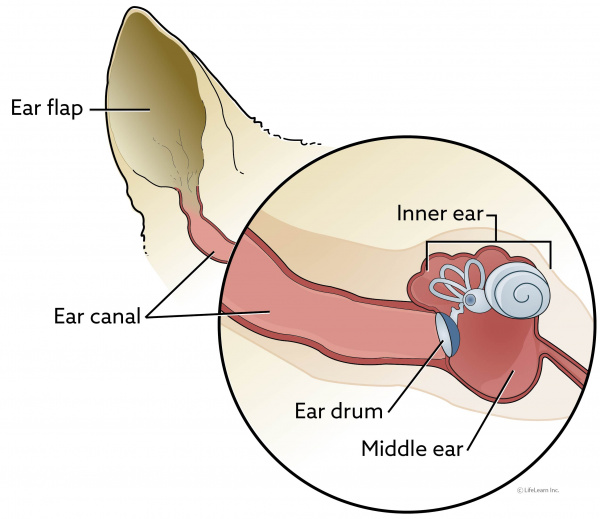

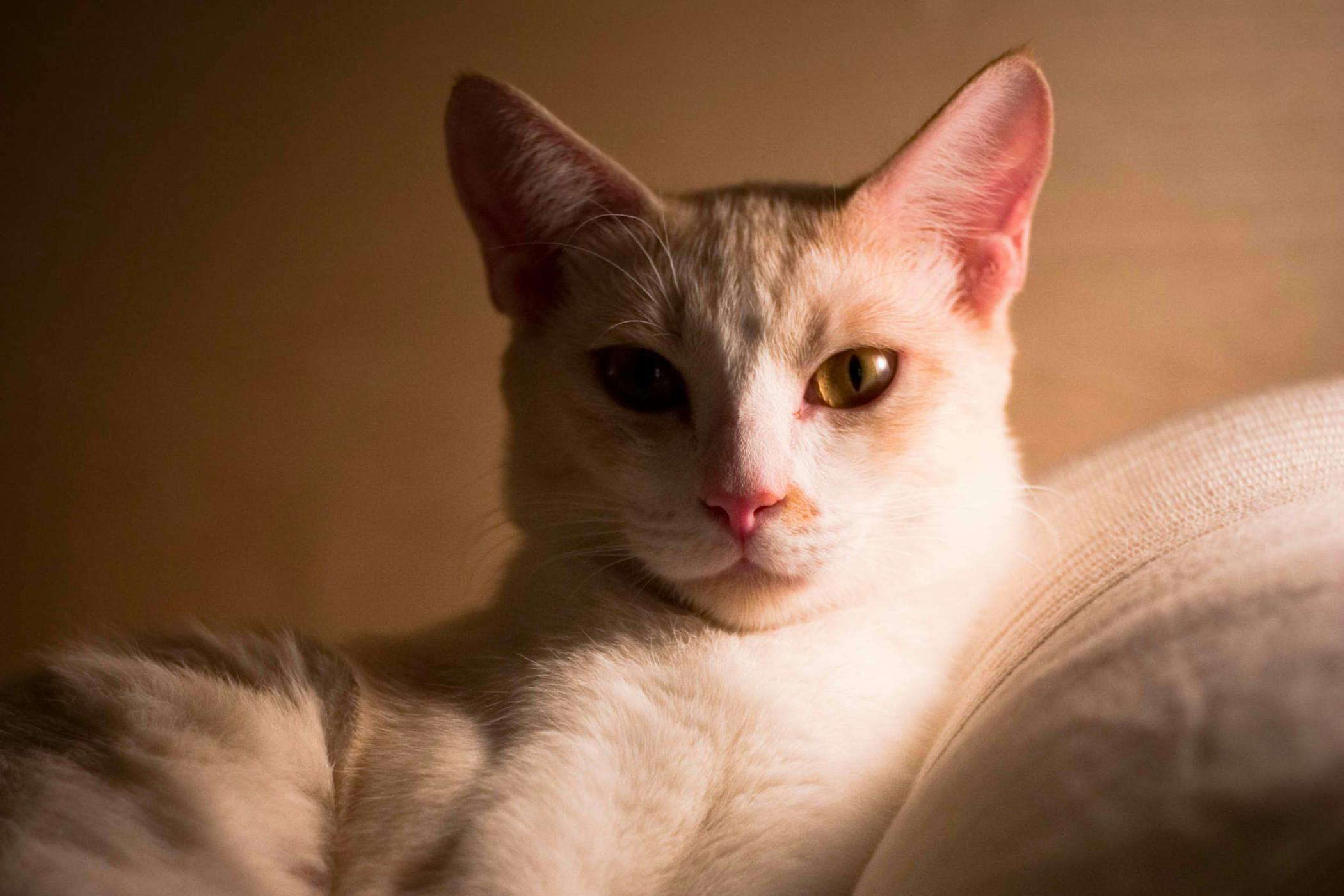

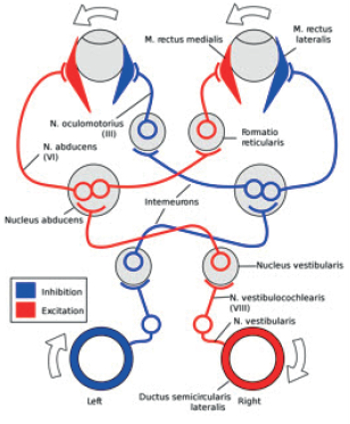
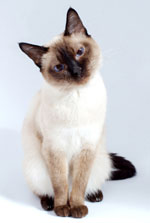



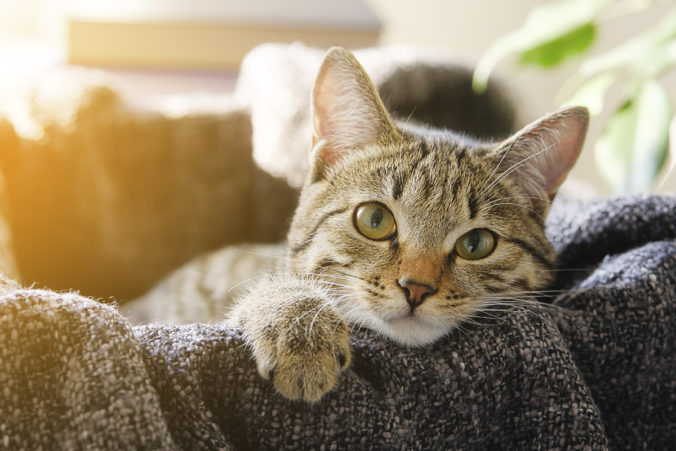


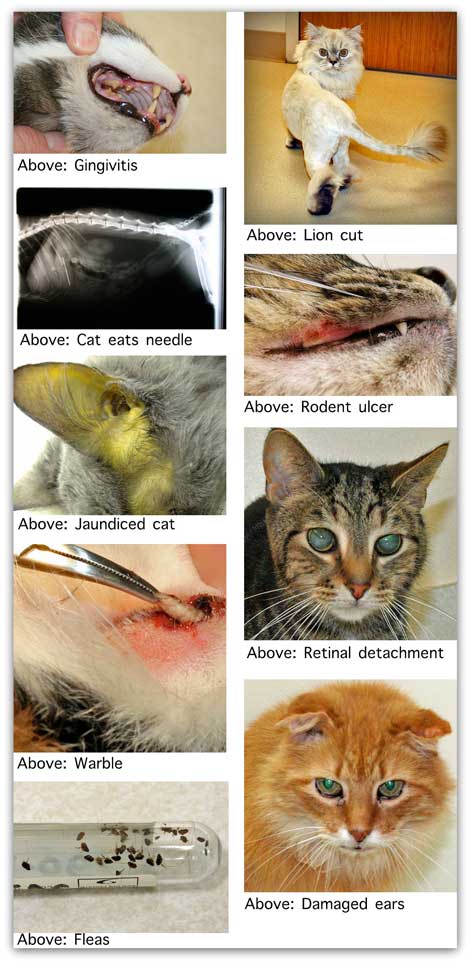












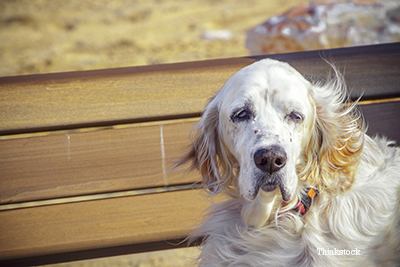






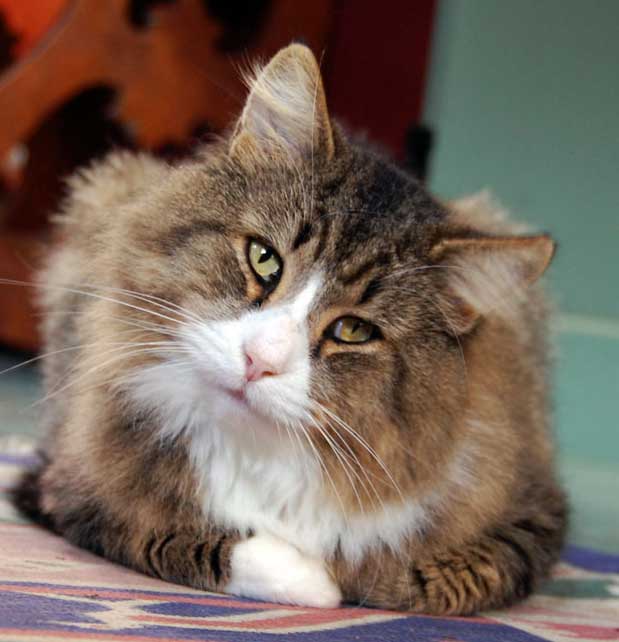



:max_bytes(150000):strip_icc()/GettyImages-654714267-5c3d1c5c46e0fb000157bfb7.jpg)


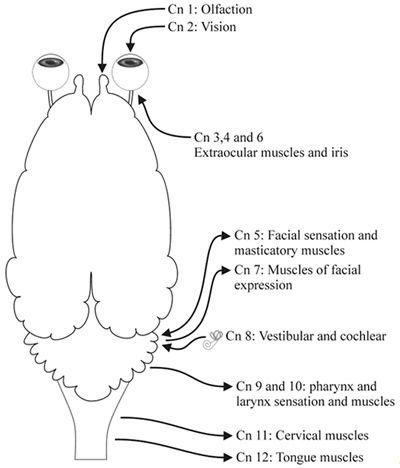


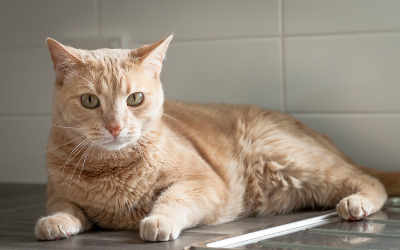

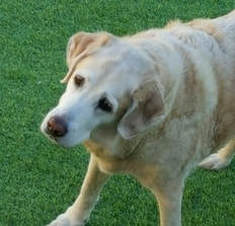
Post a Comment for "Feline Vestibular Syndrome A Comprehensive View"